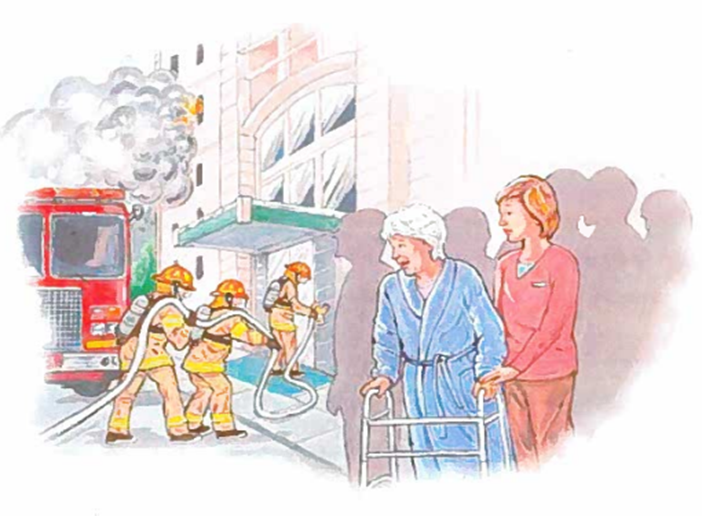There’s no place like home. It is a place to relax, share laughs with family, and enjoy home cooked meals. But did you know that most fire deaths occur in the home? Furthermore, physical disability was the second leading human factor contributing to fatalities in residential buildings (30%) (Source: Civilian Fire Fatalities in Residential Buildings 2017-2019). To help everyone in the home stay safe from fire, below are some tips you can follow to stay safe.
Home Fire Sprinklers: Home fire sprinklers protect lives by keeping fires small. Sprinklers allow people more time to escape in a fire. When choosing an apartment or home, look for ones that have home fire sprinklers.
Smoke Alarms: Install smoke alarms in every sleeping room. They should also be outside each sleeping area and on every level of the home. Test your alarms every month.
People who are Deaf or Hard of Hearing: If you are deaf or hard of hearing, use smoke alarms with a vibrating pad, flashing light or strobe light. These accessories start when your alarm sounds.
Plan Your Escape: Plan your escape around your capabilities, know two ways out and if you use a walker or wheelchair, check all exits to be sure you can get through the doorways. Learn the location of stairwells and all routes of the building. Know the number of doors between your apartment and the nearest exits. Make necessary changes, such as installing ramps and widening doorways to make escape easier. Ask emergency providers to keep needs information on file.
If Your Exit is Blocked: Before opening the door, feel the doorknob and if it is hot, leave the door closed. Keep any doors closed between you and the smoke of fire. Cover vents and cracks around the doors with clothes, sheets, or towels. Call 911 with your exact location within the building such as floor level and room. If possible, try to signal from a window. Remember, in the event of a fire, cleaner air is down low near the floor.
Tailoring fire safety measures to the unique needs of individuals with disabilities is crucial for ensuring their safety in emergency situations. For additional information, please visit: Fire Safety for People With Disabilities (fema.gov).
